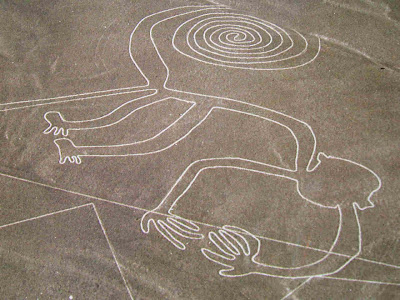PUMA PUNKU, TIWANAKU

Pumapunku, also called “Puma Pumku” or “Puma Puncu”, is part of a large temple complex or monument group that is part of the Tiwanaku Site near Tiwanaku, Bolivia. In Aymara, its name means, “The Door of the Cougar”. The quality of the stonework and the size of the blocks is amazing, and there is evidence that machines were used to cut, polish and drill in the blocks of stones. Some of the blocks weigh over 100 tons and they are so perfectly polished with fine absolutely straight cut lines, just millimeters in depth with drilled holes with an exact distance between them. Puma Punku is placed about 13,300 feet (4000 meters) over sea level, and no trees will grow on this height, so there was no possibility to use tree rollers to transport the megalithic stones. The stones used at Puma Punku are made of diorite and granite, the only stone that is hard enough to cut diorite is diamond. Can this all be done by the people of 10,000 BC era???? Or did they find some h...

